Acoustic sensors enable efficient and non-invasive monitoring of a wide range of species, including many that are difficult to monitor in other ways. Although they were initially limited in application scope largely due to cost and hardware constraints, the development of low-cost, open-source models like the Audiomoth in recent years has increased access immensely and opened up new avenues of research. For example, some teams are using them to identify illicit human activities through the detection of associated sounds, like gunshots, vehicles, or chainsaws (e.g. OpenEars).
With this relatively novel dimension of wildlife monitoring rapidly advancing in both marine and terrestrial systems, it is crucial that we identify and share information about the utility and constraints of these sensors to inform efforts. A recent study identified advancements in hardware and machine learning applications, as well as early development of acoustic biodiversity indicators, as factors facilitating progress in the field. In terms of limitations, the authors highlight insufficient reference sound libraries, a lack of open-source audio processing tools, and a need for standardization of survey and analysis protocols. They also stress the importance of collaboration in moving forward, which is precisely what this group will aim to facilitate.
If you're new to acoustic monitoring and want to get up to speed on the basics, check out these beginner's resources and conversations from across the WILDLABS platform:
Three Resources for Beginners:
- Listening to Nature: The Emerging Field of Bioacoustics, Adam Welz
- Ecoacoustics and Biodiversity Monitoring, RSEC Journal
- Monitoring Ecosystems through Sound: The Present and Future of Passive Acoustics, Ella Browning and Rory Gibb
Three Forum Threads for Beginners:
- AudioMoth user guide | Tessa Rhinehart
- Audiomoth and Natterjack Monitoring (UK) | Stuart Newson
- Help with analysing bat recordings from Audiomoth | Carlos Abrahams
Three Tutorials for Beginners:
- "How do I perform automated recordings of bird assemblages?" | Carlos Abrahams, Tech Tutors
- "How do I scale up acoustic surveys with Audiomoths and automated processing?" | Tessa Rhinehart, Tech Tutors
- Acoustic Monitoring | David Watson, Ruby Lee, Andy Hill, and Dimitri Ponirakis, Virtual Meetups
Want to know more about acoustic monitoring and learn from experts in the WILDLABS community? Jump into the discussion in our Acoustic Monitoring group!
Header image: Carly Batist
University of Pittsburgh
Studying macroecology and conservation using bioacoustics



- 1 Resources
- 16 Discussions
- 1 Groups
- @scottveirs
- | he, him
Orcasound
Oceanographer, marine biologist, educator



- 0 Resources
- 6 Discussions
- 3 Groups
Universidade Federal do Rio Grande do Norte (UFRN)
I'm a Biologist and currently a master's student. My research focuses on understanding how birds respond to a restoration experiment in a Seasonally Dry Tropical Forest exclusive to Brazil through bioacoustics.
- 0 Resources
- 0 Discussions
- 4 Groups
- @MorganeLabadie
- | She/Her
I'm an ecology researcher with extensive experience of fieldwork and project management in international contexts. I specialise in wildlife, zoonotic diseases, data collection and analysis using mainly non-invasive techniques (acoustic, camera traps, etc.) and invasive techniques
- 0 Resources
- 0 Discussions
- 4 Groups
- @ameyabhojane
- | he/him
Marine mammal researcher based in India, using acoustics to study cetacean ecology and strengthen conservation efforts.
- 0 Resources
- 0 Discussions
- 1 Groups
- @Jen_NZ
- | she/her
- 0 Resources
- 2 Discussions
- 7 Groups
- @cappel
- | she/her
Wildlife Science PhD candidate working on computer vision with camera traps and bioacoustics
- 0 Resources
- 4 Discussions
- 13 Groups
- @valengsb
- | she / her
GIS specialist for Audubon Americas | Biologist with an emphasis on Conservation and Sustainable Development | Innovative approaches in the study and monitoring of biodiversity for possible, biodiverse, and just futures.
- 0 Resources
- 0 Discussions
- 18 Groups
- @CDean
- | she/her
Grad Student, UW-Stout, Beaver habitat biodiversity research, process based restoration
- 0 Resources
- 7 Discussions
- 6 Groups
- @capreolus
- | he/him
Capreolus e.U.
wildlife biologist with capreolus.at


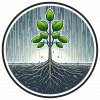


- 1 Resources
- 78 Discussions
- 16 Groups
- @fshort
- | He / Him
Boston University PhD Candidate, Biological Anthropology. Engaging in passive acoustic monitoring (PAM) of Bornean orangutans (Pongo pygmaeus wurmbii), Bornean white-bearded gibbons (Hylobates albibarbis), and red leaf monkeys (Presbytis rubicunda)
- 0 Resources
- 2 Discussions
- 2 Groups
- @SimoneW-TRU-DOE
- | She/her/hers
Research Officer with the Cayman Islands Department of Environment, Terrestrial Resources Unit. Her studies include tropical ecology, migratory birds, shorebird lifecycles, bats, reptiles, invasive species, biosecurity, wildlife health & marine biology.

- 0 Resources
- 1 Discussions
- 6 Groups
Sarab Sethi is looking for a PhD student (Sept 24) to investigate real time insect pollinator monitoring with acoustics. Sensor design, ML, lab and field experiments, and more !
16 November 2023
Join the Rainforest Connection & Arbimon team to develop software for biodiversity monitoring!
14 November 2023
I just discovered this freely available book on digital signal processing and love the fact that it is“…intended for students … who may not have much mathematical or engineering training.” Seems like a great resource...
31 October 2023
Baker Consultants has released new ecoacoustic research assessing the benefits of using automated detectors alongside transect bird survey methods.
30 October 2023
Article
Five #tech4wildlife people, projects and updates that caught my attention this month. This issue is a naturetech, biodiversity startup edition! Featuring a living map of the biodiversity startup scene, is nature data...
27 October 2023
Careers
The Institute for Bird Populations (IBP) seeks a California-based acoustic monitoring specialist to collect, manage, and process avian acoustic data from multiple research and conservation projects across California...
26 October 2023
With the rising threats to biodiversity such as wildlife crime, climate change and human-wildlife conflict today, wildlife monitoring technologies have become vital to study movement ecology, behaviour patterns, changes...
25 October 2023
New paper in Nature Communications from Jörg Müller et al. using BAR-LT recorders and CNNs to track biodiversity recovery. Study shows that #soundscapes 🎙🎶 and deep learning are powerful tools for tracking biodiversity...
20 October 2023
To study song evolution in time and space, we will use individual acoustic monitoring (IAM) - a non-invasive method that allows the identification of individuals based solely on their vocalisations. In this project, we...
20 October 2023
The Marie Skłodowska-Curie PhD Fellowship in Bioacoustic AI for wildlife protection. The PhD position advertised here will be based at the KU Leuven Electrical Engineering Department (ESAT), under the supervision of...
20 October 2023
FLOATERS: Using individually distinct vocalizations to estimate breeding and non-breeding population of a species. Apply for the fully funded PhD position now!
20 October 2023
The Kitzes Lab at the University of Pittsburgh (http://kitzeslab.org) is seeking applications for a Postdoctoral Scholar, Research Assistant, and Graduate Student to work in the areas of bioacoustics, quantitative...
28 September 2023
June 2025
July 2025
September 2025
event
October 2025
November 2025
event
September 2024
event
61 Products
| Description | Activity | Replies | Groups | Updated |
|---|---|---|---|---|
| If you search Digikey for a 'strain relief' you should be able to find a rubber grommet that will hold that mic without any additional machining. A blob of silicone will adhesive... |
|
Acoustics | 11 months 4 weeks ago | |
| Thanks Carly! I had reviewed some of the help files, but clearly not the right ones!My email is deanc5697@my.uwstout.edu |
|
Acoustics, Software Development | 11 months 4 weeks ago | |
| Hi Tabitha, What recording settings were you using when you saw these differences? I've measured the consumption across some different firmware versions and I can't see any... |
+10
|
Acoustics | 1 year ago | |
| Hello!Long time, no update. @StephODonnell suggested I post here with my thesis and some reflections. ---------------------------------------------------------TL;DR... |
+19
|
Acoustics | 1 year ago | |
| Hi Jesse,For a material to be acoustically transparent (in air), the speed of sound in the material times its density must match that of air. Realistically, any solid... |
+1
|
Acoustics, Animal Movement | 1 year ago | |
| Hi Steph, We appreciate the support! Thanks for the tag and your help managing the community!Patrick |
|
Sensors, Acoustics, Conservation Dogs, Emerging Tech, Open Source Solutions | 1 year ago | |
| Hi Sol,If the maximum depth is 30m, it would be worth experimenting with HydroMoth in this application especially if the deployment time is short. As Matt says, the air-filed case... |
|
Acoustics, AI for Conservation, Data management and processing tools, Emerging Tech, Sustainable Fishing Challenges | 1 year ago | |
| Oh wow, thank you so much!!!I will keep that four advices in mind! |
|
Acoustics | 1 year ago | |
| You won't get any audio if you don't allow enough time for the hydromoth/audiomoth to write. So when you do a continuous recording you need to experiment a little. I'm sure there... |
+3
|
Acoustics | 1 year ago | |
| Congratulations! My first hydromoth was just arrived yesterday and so excited! Looking forward for the update from your project!!! |
|
Acoustics, Animal Movement, Climate Change, Conservation Tech Training and Education, Data management and processing tools, Emerging Tech, Open Source Solutions, Protected Area Management Tools, Sensors, Software Development, Latin America Community | 1 year ago | |
| If you have the resources, I would suggest testing the sensitivity and directionality of the system at relevant frequencies both with and without an external mic, and let the... |
|
Acoustics | 1 year ago | |
| Totally agree.Inititally sceptical until I saw Helena and Graeme were involved.MJ |
|
Acoustics, Citizen Science, Community Base, Human-Wildlife Conflict | 1 year 1 month ago |
Potential collaboration: integrating acoustics and NASA airborne remote sensing to monitor animal and habitat biodiversity
30 November 2022 1:17am
10 December 2022 6:22am
I'll also note that I'm planning to work with a few parks in the DRC/Congo basin to deploy Audiomoths alongside their camera traps.
13 January 2023 12:24pm
Dear Antonio,
It is a long-shot, but this may be relevant to what you are looking for? I have collected across 4 seasons (2022) 8-10 days/season acoustic data from 11 stations located at pine forests of different post-fire regeneration stage (>20 years since last burn, burnt in 2001, 2009, 2018) in Greece. These are typical Mediterranean forest pine landscapes - but certainly not in California or South Africa. We did not have plans at present to continue collecting data - since we got all seasons of one year, but may be the existing data or future data from these or similar areas here in Greece would be relevant to what you wish to accomplish with the airborne measurements?
Feel free to drop me a line.
All the best,
Christos
New Paper - The sound of the illegal: Applying bioacoustics for long-term monitoring of illegal cattle in protected areas
12 January 2023 5:20pm
WEBINAR: Earth, Wind & Fire: Amphibian Response to Wildfires, Windfarms, & More
11 January 2023 5:59pm
Conservation Technology Intern (Vietnam)
11 January 2023 5:00pm
Education Paper on Computer Vision for Ecology
9 January 2023 5:30am
Job: Conservation Technology Specialist (PT)
6 January 2023 12:49am
Job: maker / workshop technician
5 January 2023 10:53am
San Diego Zoo needs Summer Undergraduates!!
19 December 2022 1:58pm
Upcoming PAM & R Ocean Science Courses
16 December 2022 3:27pm
PhD - Sensory ecology of vespine wasps
8 December 2022 12:47pm
New paper - First population estimates of two Critically Endangered frogs from an isolated forest plateau in Madagascar
28 November 2022 4:19pm
Unifying acoustic metadata
2 November 2022 10:21am
3 November 2022 12:34pm
Hi Ellie - OK sure thing - I can set up an article too.
4 November 2022 3:47pm
Hi Jamie, this is super exciting! I had not realized that PAMGuard integration was going to be part of the plan for Tethys - so thrilling!
One quick question - when processing large datasets, often I end up with a series of binary/database files (e.g., separate runs for separate frequency bands). Does Tethys accommodate the multiple file scenario?
Would love to give it a whirl when appropriate.
7 November 2022 12:32pm
Yeah, it's an exciting project. Also will be a great excuse to improve PAMGuard documentation - something sorely needed. Python libraries also on the way as part of this.
As for Tethys, yes it will accommodate the multiple configuration file scenario - ideally the end game will be that any configuration you use in PAMGuard will be directly exportable to a Tethys database. If you use multiple configurations, then each is a separate Tethys database, however, when these are exported they can be amalgamated into one because the Tethys is clever enough to know these are the same data processed in different ways.
"Would love to give it a whirl when appropriate. " - might be a while but noted! :-)
WILDLABS Digest: 4 November 2022
4 November 2022 3:42pm
Data mgmt for Passive Acoustic Monitoring best practices?
14 September 2022 8:35pm
15 September 2022 4:20pm
Hi Alex--
The first thing I'd suggest you think through is how much data you have vs how much data you are currently working on. Because if you have data from previous years that you want to ensure you're storing securely and reliably but don't need immediate access to in order to run analysis on, that opens up some options. You can compress data using lossless algorithms like FLAC, where the compression ratio varies but 50% is a pretty good margin, and then convert back to WAV if necessary for reanalysis. Compressing using MP3, OGG, AIFF, or other compression algorithms is an option that saves even more storage space but you will lose information in ways you wouldn't with FLAC--it depends on your specific needs.
I'd also recommend setting up a RAID array (RAID = "Redundant Array of Inexpensive Disks"). This offers some additional security in event of a drive failure. A lot of folks who do video editing, probably the most similar use case to people working with acoustic data who also lack the institutional support of a large company or university IT department use a local NAS enclosure like https://www.qnap.com/en-us/product/ts-433 that are designed for just this purpose. Some higher initial startup costs than just buying individual USB hard drives but that does come with some perks including additional reliability and can be faster to read data depending on the exact drive specs and your local networking setup.
There are also low-cost cloud storage services like Amazon's Glacier. However, getting these set up can be a little bit tricky and they are not particularly responsive (for example, if you upload data to Glacier, it will be very safe, but getting it back if you need to use it again can take a few days depending on the dataset size).
19 September 2022 1:58am
Hello Alex,
My information might not be that helpful to you, still, our organisation have an Enterprise license of AWS cloud and we store all our media files (video, pictures, audio etc.) there. We are also using a media management solution, Piction, thru which we upload the files into the S3 bucket and in the process it also captures the file metadata (some of the metadata values needs to be entered manually). This is useful to search the files if someone wants to view or process the file later. We are soon deciding on the file storage configuration so that old files will move to cheap storage like AWS Glacier, which will take a maximum of a week time to retrieve it.
Jitendra
28 October 2022 4:19pm
Hi Alex,
I'd go much further along the lines that David @dtsavage sets out. Before jumping to implementations, better think through why you want to keep all that data, and for who? From your question, it appears you have at least three purposes:
1- for yourself to do your research
2- for others to re-use.
3- for yourself to have a back-up
For 1) you should do what works best for you.
For 3) use your organization's back-up system or whatever comes close to that
For 2 and 3) As you are indicating yourself : deposit your data at your nation's repository or zenodo.org if your nation doe not have one. It may be some documentation work ( which is what you should do anyways, right? ), but then you can stop worrying about holding on to it. Someone else is doing that for you and they do a much better job - because it is their job. Moreover, you increase the chance that other will actually become aware of all that data that you are sitting on by putting it into a repository. Who is otherwise going to find out and how that you have those disks on your desk? Lastly, depositing your data can also serve as a back-up. If you don't want to share it before you've published about it, there is likely the option of depositing under time-embargo or of depositing while requiring your consent for any re-use.
You ask how many people actually do this? You can find the answers at the repository, but I suggest that what matters most is whether you want to for your own reasons, and whether your funders, or organization's funders require it.
Audiomoth online conference
24 October 2022 4:50pm
New conservation tech articles from Mongabay
20 October 2022 7:45pm
Software to aid acoustic sound files visualization/labelling + Software to syncronize video/acoustic sonograms
23 September 2022 1:01pm
8 October 2022 12:44am
I would also recommend Arbimon. It is well set up to handle Audiomoth recordings. Being cloud based, you will need a good internet connection for sound file upload. I'm just starting to investigate its use for Song Scope recordings. Setting up the call recognisers will be a slow process, but they can be made available to all users once done.
8 October 2022 7:33am
You could try using a video editor like DaVinci for looking at your video and audio together. I don't think DaVinci displays sonograms by default (just waveform) but I think it will open your selected audio in an external editor which would allow you to see the sonograms and make measurements with something like Audacity or Kaleidoscope.
20 October 2022 11:01am
The open-source program Audacity can show the spectrograms and histograms and has quite a lot of other useful features, e.g. playing ultrasound calls slower, so it can be heard by people.
Conservation Technology Intern (Vietnam)
 Stephanie O'Donnell
and 1 more
Stephanie O'Donnell
and 1 more
19 October 2022 9:22am
Acoustic Monitoring Biologist (Avian)
19 October 2022 12:11am
New paper: Benthic animal-borne sensors & citizen science combine to validate ocean modelling
10 October 2022 4:15pm
The Smart Biosphere: How Technology can provide regenerative resources at scale
10 October 2022 12:06pm
Open Position at Cornell - Software/Firmware Developer
6 October 2022 5:10pm
Multi-day workshop: Machine Learning Advances for Marine Acoustics & Imagery Data
4 October 2022 5:20pm
Audio Across Domains Workshop 2022
3 October 2022 7:54pm
3 October 2022 11:40pm
11 October 2022 2:05pm
New paper - Rookognise: Acoustic detection & identification of individual rooks in field recordings using multi-task neural networks
3 October 2022 2:35pm
New paper: Battery-free wireless imaging of underwater environments
29 September 2022 3:22pm
New paper: Seasonal swarming behavior of Myotis bats revealed by integrated monitoring, involving passive acoustic monitoring with automated analysis, trapping & video monitoring
27 September 2022 3:22pm























































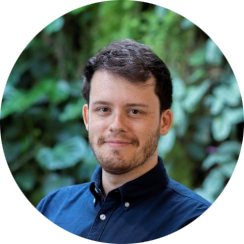
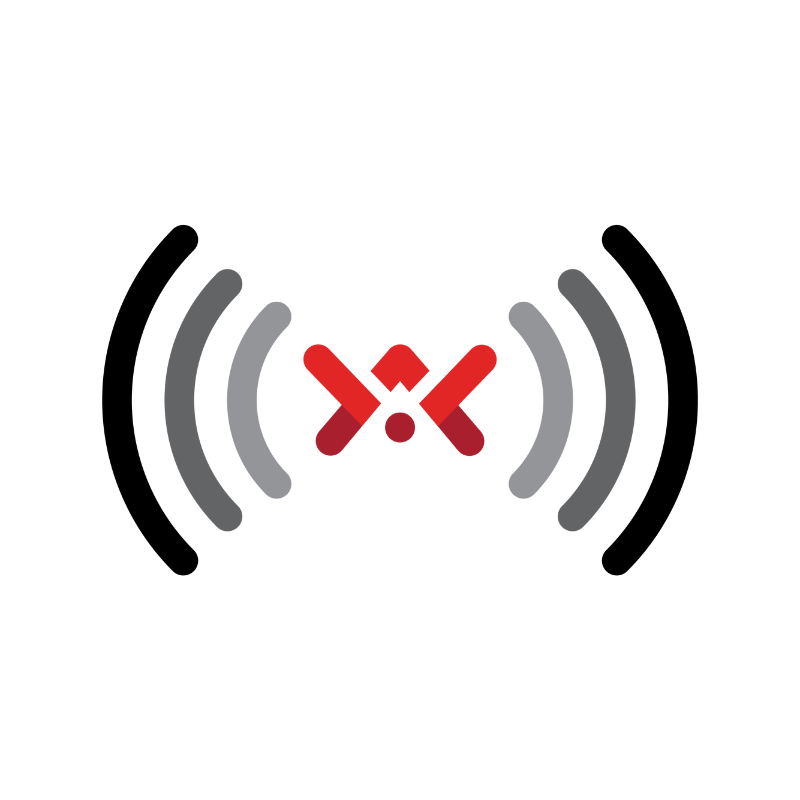

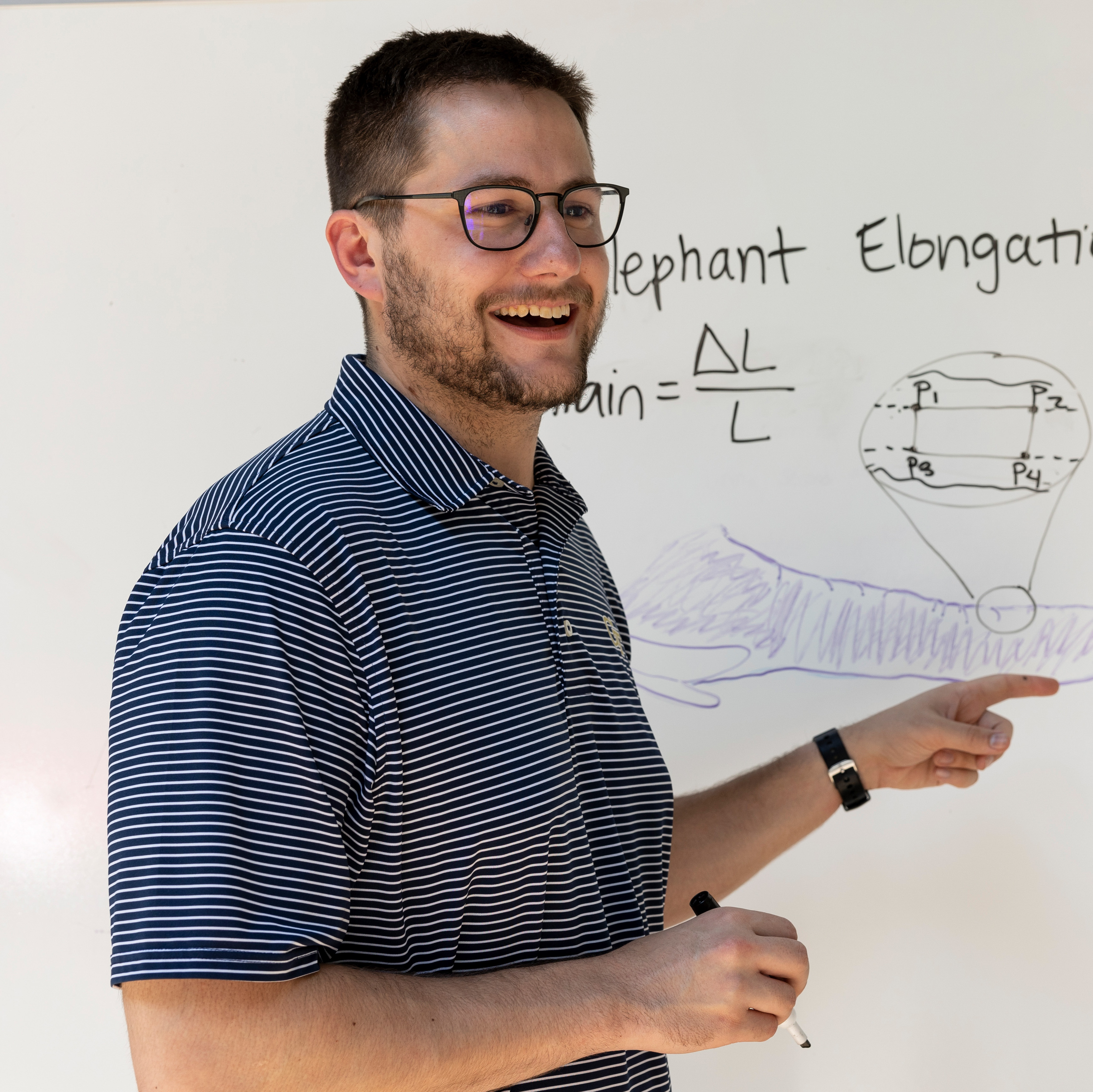
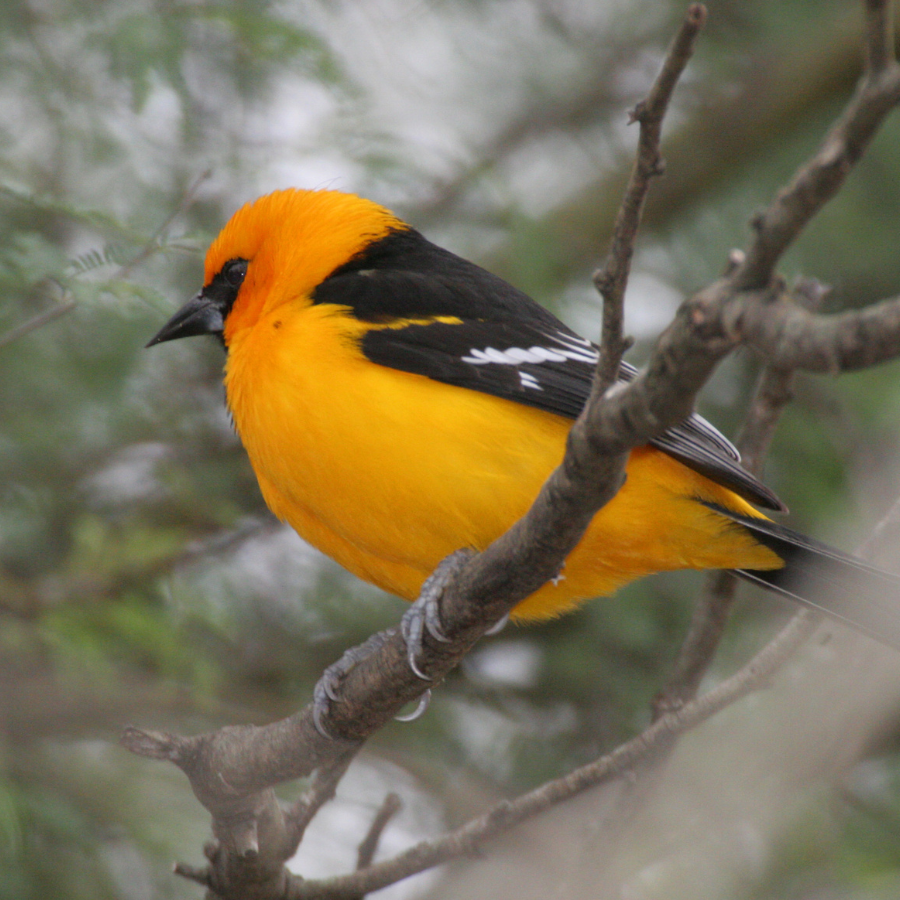
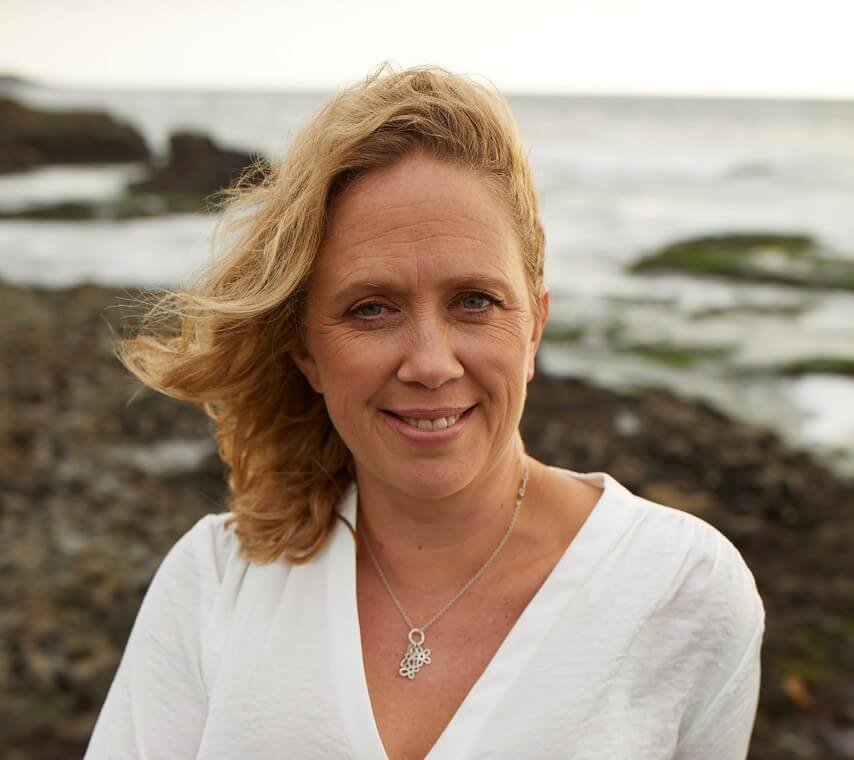







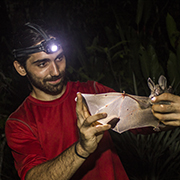


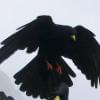

10 December 2022 6:18am
Although not a professor, I know a fair number through long-term association with scgis.org, and personally am using Audiomoths in collaboration with the UC System at the Blue Oak Reserve.
Blue Oak Ranch Reserve
Blue Oak Ranch Reserve (BORR) lies within the Upper Sonoran Life Zone. Approximately two-thirds of the site is drained by tributaries of Arroyo Aguague, itself a tributary of Coyote Creek (via Penitencia Creek), which flows into southern San Francisco Bay.
I've developed a fair bit of scripts to automatically crunch things using 'Birdnet', as per:
GitHub - birdnet-team/BirdNET-Analyzer: BirdNET analyzer for scientific audio data processing.
BirdNET analyzer for scientific audio data processing. - birdnet-team/BirdNET-Analyzer
I can certainly facilitate dialogue with the Cornell Ornithology lab if you do not have those connections already.
My own background is in remote sensing (SAR, etc) and currently working in machine learning (albeit for health care currently..) this project sounds fascinating!
Are you already working with Audubon, and/or people in the UC System?